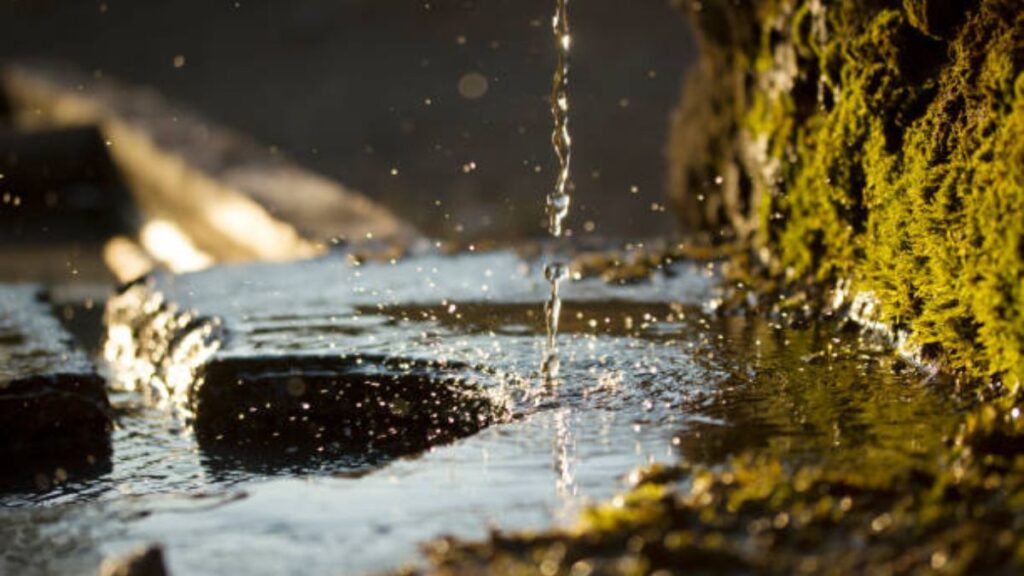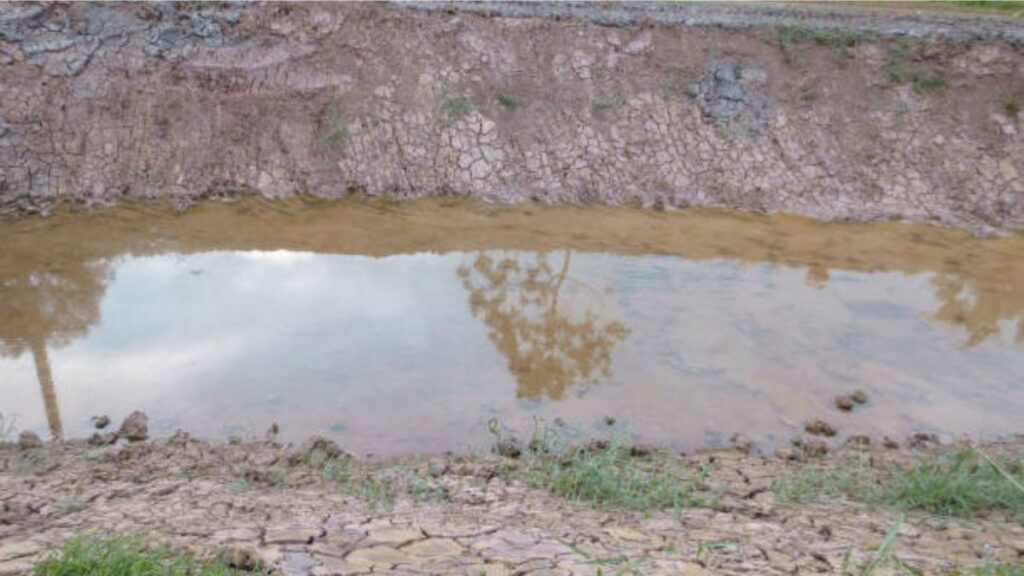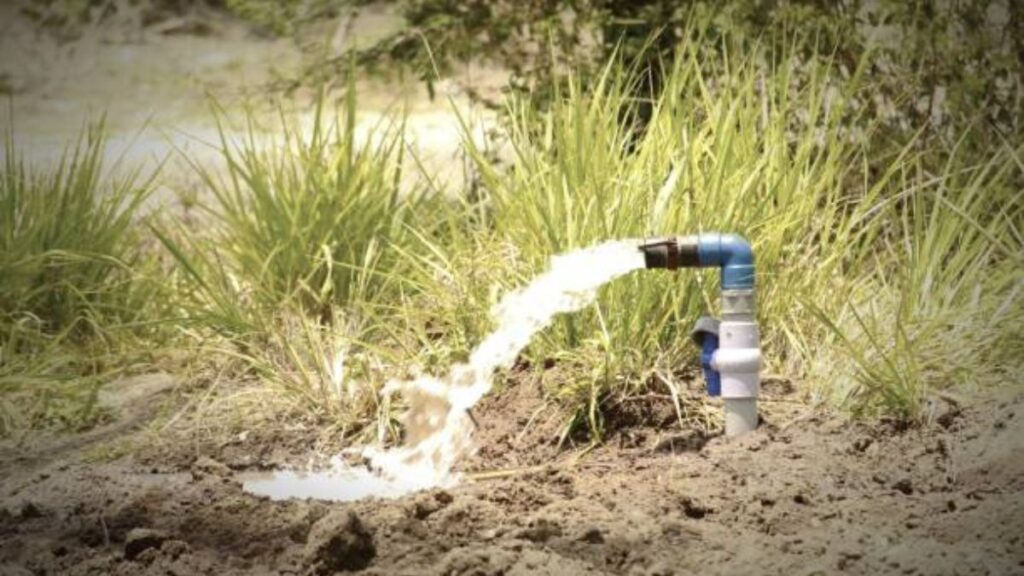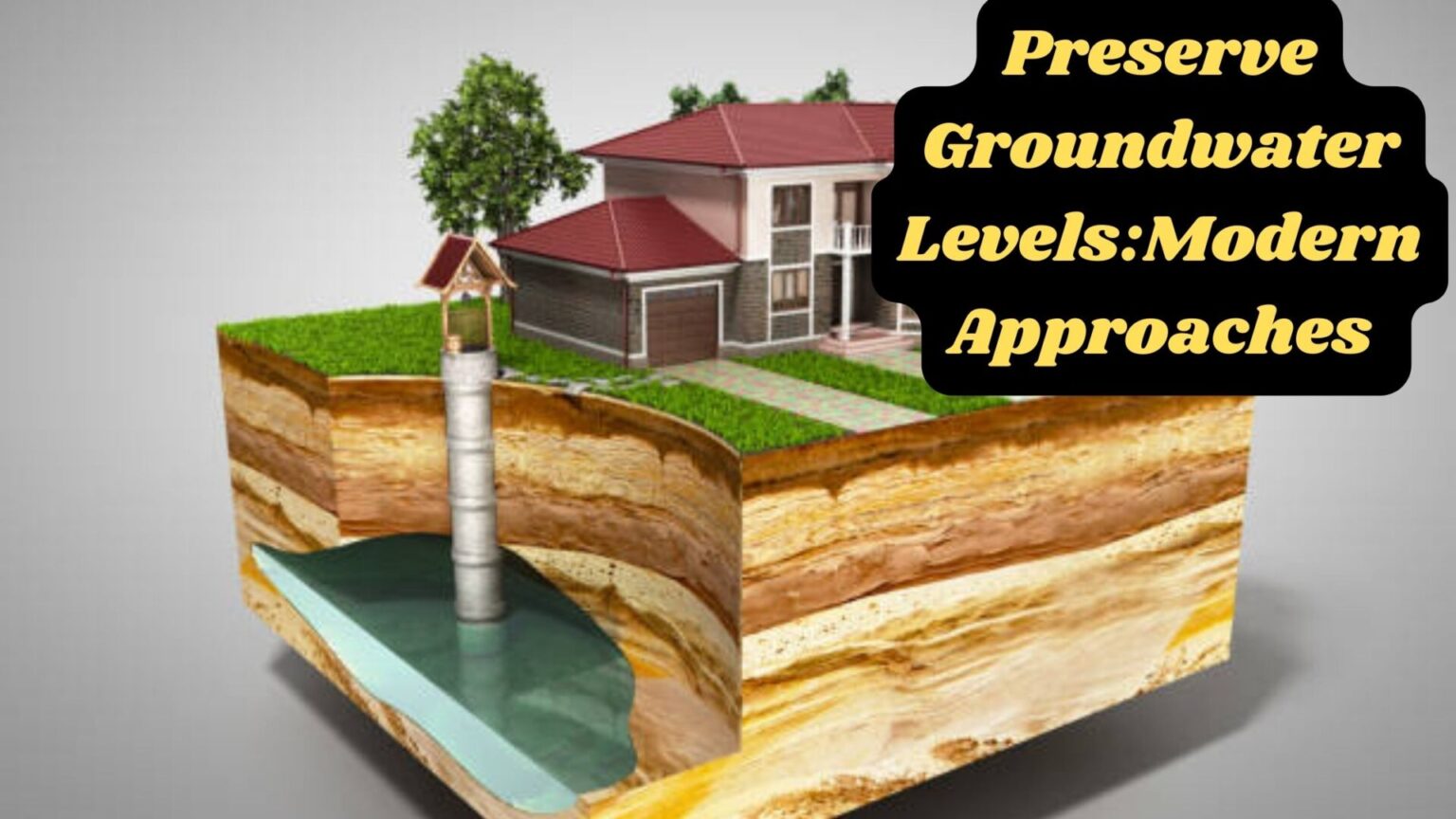Introduction:
Beneath the Surface: Unveiling Modern Approaches to Preserve Groundwater Levels

In the age of environmental consciousness, the plight of groundwater depletion has reached critical levels. As urbanization expands and climate change intensifies, preserving our precious groundwater reservoirs becomes paramount. In this article, we delve deep into modern approaches aimed at safeguarding groundwater levels, exploring innovative solutions that lie beneath the surface.
Why is groundwater levels preservation important?
Groundwater preservation is crucial for several reasons:
- Drinking water supply: Groundwater serves as a major source of drinking water for billions of people worldwide. Preserving groundwater ensures that this vital resource remains available for current and future generations.
- Ecological balance: Groundwater sustains ecosystems by providing water to wetlands, streams, and rivers, which in turn support diverse flora and fauna. Preserving groundwater helps maintain the delicate balance of these ecosystems.
- Agricultural irrigation: Agriculture accounts for a significant portion of global water usage, with much of it coming from groundwater sources. Preserving groundwater ensures that farmers have access to water for irrigation, helping to sustain food production.
- Economic importance: Many industries rely on groundwater for their operations, including manufacturing, mining, and energy production. Preserving groundwater ensures the continuity of these industries and the jobs they provide.
- Prevention of land subsidence: Overuse of groundwater can lead to land subsidence, where the land surface sinks as the water is extracted. This can damage infrastructure, reduce the capacity of water storage reservoirs, and increase the risk of flooding in coastal areas.
- Climate change resilience: Groundwater can serve as a buffer against droughts and other climate-related extremes. Preserving groundwater reserves provides a crucial backup water supply during times of scarcity.
Overall, groundwater preservation is essential for ensuring water security, ecological health, and sustainable development.
How do technological innovations help in groundwater preservation?
Technological innovations play a significant role in groundwater preservation by enhancing our ability to monitor, manage, and conserve this vital resource. Here are several ways technology contributes to groundwater preservation:

- Remote sensing and GIS (Geographic Information Systems): Remote sensing technologies, such as satellites and aerial drones, coupled with GIS, enable the mapping and monitoring of groundwater resources and their surrounding environments. This data helps identify areas of depletion, contamination, and potential recharge zones, facilitating informed decision-making for conservation efforts.
- Groundwater monitoring networks: Advanced sensors and telemetry systems allow for real-time monitoring of groundwater levels, quality, and usage. This data helps water managers detect trends, identify anomalies, and optimize resource allocation to prevent overexploitation or contamination.
- Aquifer recharge and storage technologies: Innovations in artificial recharge techniques, such as managed aquifer recharge (MAR) systems and underground storage facilities, help replenish depleted aquifers and store excess surface water during periods of abundance. These technologies help sustain groundwater levels and mitigate the impacts of droughts.
- Water purification and treatment: Technological advancements in water treatment processes, such as reverse osmosis, advanced oxidation, and nanofiltration, enable the removal of contaminants from groundwater, making it safe for consumption. Efficient treatment technologies ensure the preservation of groundwater quality and safeguard public health.
- Data analytics and modeling: Sophisticated modeling software and data analytics tools enable hydrologists and water resource managers to simulate groundwater flow, predict future trends, and assess the potential impacts of various management strategies. These models help optimize groundwater management practices and develop robust conservation plans.
- Smart irrigation and agricultural practices: Precision agriculture technologies, including soil moisture sensors, weather forecasting systems, and automated irrigation controllers, help farmers optimize water usage and minimize groundwater depletion in agricultural settings. Smart irrigation techniques reduce water wastage and improve crop yields, contributing to groundwater preservation.
- Public awareness and engagement: Information and communication technologies (ICT) facilitate public outreach and education initiatives aimed at raising awareness about the importance of groundwater preservation. Websites, mobile apps, and social media platforms disseminate information, engage stakeholders, and encourage sustainable water-use behaviors.
What role do policies play in groundwater conservation?
Policies play a crucial role in groundwater conservation by providing a framework for regulation, management, and sustainable use of this valuable resource. Here’s how policies contribute to groundwater conservation:
- Regulation of groundwater extraction: Policies establish rules and permits governing the withdrawal of groundwater to prevent overexploitation and depletion of aquifers. They set limits on extraction rates, promote water-efficient practices, and implement measures to mitigate the adverse impacts of excessive pumping.
- Water rights allocation: Water allocation policies allocate rights to use groundwater among various stakeholders, including individuals, businesses, agricultural producers, and municipalities. These policies aim to ensure equitable access to water resources while promoting conservation and environmental protection.
- Groundwater monitoring and data collection: Policies mandate the establishment of groundwater monitoring networks and data collection systems to track water levels, quality, and usage. This information provides essential insights into aquifer dynamics, facilitates informed decision-making, and enables early detection of groundwater depletion or contamination.
- Environmental protection and sustainability: Policies establish safeguards to protect groundwater-dependent ecosystems, such as wetlands, rivers, and aquifer recharge areas. They promote land-use planning, zoning regulations, and habitat conservation measures to preserve the integrity of groundwater-dependent ecosystems and maintain ecological balance.
- Pollution prevention and remediation: Policies regulate activities that pose risks to groundwater quality, such as industrial discharges, agricultural runoff, and improper waste disposal. They set standards for pollutant concentrations, mandate pollution prevention measures, and enforce remediation efforts to address contamination and safeguard groundwater resources.
- Public education and outreach: Policies support public education and outreach campaigns to raise awareness about the importance of groundwater conservation and promote water-saving behaviors. They foster community engagement, empower stakeholders to participate in conservation efforts, and build support for policy implementation and compliance.
- International cooperation and governance: Transboundary aquifers often require collaborative management and governance frameworks involving multiple jurisdictions and stakeholders. International agreements, treaties, and conventions establish mechanisms for cooperation, data sharing, and conflict resolution to ensure the sustainable management of shared groundwater resources.
Case Studies:
Here are a few case studies that highlight different approaches to groundwater conservation and management:

- The High Plains Aquifer (Ogallala Aquifer), United States:
- Case: The Ogallala Aquifer is one of the largest groundwater sources in the world, spanning several states in the central United States. However, decades of intensive agricultural irrigation have led to significant depletion of the aquifer, threatening the sustainability of water supplies for farming and communities.
- Approach: Various states have implemented policies and initiatives to promote water conservation and sustainable groundwater management. These include regulations on pumping rates, incentives for adopting water-saving technologies like drip irrigation, and programs for aquifer recharge through artificial means.
- Outcome: While challenges remain, these efforts have helped slow the rate of depletion in some areas and promote more efficient water use practices among farmers. However, continued collaboration and innovation are necessary to ensure the long-term sustainability of the Ogallala Aquifer.
- The Water Act of 2003, South Africa:
- Case: South Africa faced significant water scarcity and groundwater depletion due to increasing demand, population growth, and climate change. Unsustainable use and pollution threatened the availability and quality of groundwater resources, particularly in rural areas.
- Approach: The South African government enacted the Water Act of 2003, which introduced a comprehensive regulatory framework for water management, including groundwater resources. The act emphasized integrated water resource management, community participation, and protection of water quality.
- Outcome: The Water Act of 2003 facilitated improved governance of groundwater resources, with better monitoring, allocation, and conservation measures. Community-based initiatives, such as water user associations, helped promote local stewardship and sustainable use of groundwater, contributing to enhanced water security and resilience.
- Managed Aquifer Recharge (MAR) in India:
- Case: India faces significant challenges related to groundwater depletion, particularly in regions with high water demand for agriculture and urbanization. Overexploitation of aquifers has led to declining water levels and quality, impacting livelihoods and ecosystems.
- Approach: In response to these challenges, India has increasingly embraced managed aquifer recharge (MAR) techniques to replenish depleted aquifers and enhance groundwater storage capacity. MAR involves the deliberate infiltration of surface water or treated wastewater into aquifers through natural or artificial means.
- Outcome: MAR projects have shown promising results in various parts of India, helping to restore groundwater levels, improve water availability during dry seasons, and mitigate the impacts of droughts. By harnessing rainwater, stormwater, and treated wastewater, MAR contributes to sustainable groundwater management and supports agricultural productivity, urban water supply, and ecosystem health.
Conclusion:
As we delve beneath the surface, we uncover a wealth of modern approaches poised to preserve groundwater levels for generations to come. Through technological innovation, sound policy frameworks, and community engagement, we can address the challenges of groundwater depletion and secure a sustainable water future. Let us embark on this journey together, safeguarding one of our most precious resources – beneath the surface.
Frequently Asked Questions (FAQs):
- What are the main causes of groundwater depletion?
Groundwater depletion can be attributed to factors such as over-extraction for irrigation, industrial, and municipal use, land subsidence due to excessive pumping, pollution from agricultural runoff and industrial activities, and climate change impacts such as altered precipitation patterns and increased temperatures.
- How can individuals contribute to groundwater preservation?
Individuals can contribute to groundwater preservation by practicing water conservation measures such as reducing water waste, using water-efficient appliances, adopting sustainable gardening practices, and supporting initiatives to protect water quality and quantity.
References:
- Gleeson, T., Alley, W. M., Allen, D. M., Sophocleous, M. A., Zhou, Y., & Taniguchi, M. (2012). Towards sustainable groundwater use: setting long-term goals, backcasting, and managing adaptively. Groundwater, 50(1), 19-26.
- Scanlon, B. R., Reedy, R. C., & Faunt, C. C. (2013). Groundwater depletion and sustainability of irrigation in the US High Plains and Central Valley. Proceedings of the National Academy of Sciences, 110(34), 5351-5356.
- Sophocleous, M. (2002). Interactions between groundwater and surface water: the state of the science. Hydrogeology Journal, 10(1), 52-67.
- Wang, Y., Ma, R., & Motesharrei, S. (2015). Review of artificial recharge of groundwater with reclaimed water in coastal areas of China. Desalination and Water Treatment, 54(3), 751-761.
- World Bank. (2019). Managing groundwater sustainably. Retrieved from https://www.worldbank.org/en/topic/water/brief/managing-groundwater-sustainably






